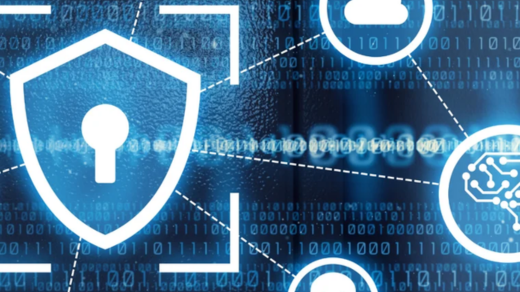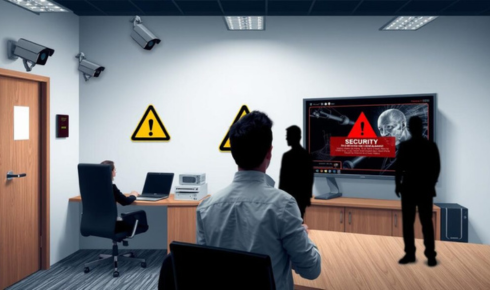Before an organization even schedules a CMMC assessment, the Department of Defense expects a lot more than just a security checklist. It’s about building a culture that proves cybersecurity is more than a policy—it’s a consistent, practiced standard. The companies that do this well aren’t scrambling at audit time; they’re already operating with the maturity and evidence the DoD wants to see.
Demonstrable Cybersecurity Maturity Through Verifiable Evidence
The DoD doesn’t want to hear what a company intends to do—they want proof of what’s already in place. Maturity in this context means that security controls are not just documented but actively maintained, monitored, and adjusted as needed. Evidence isn’t just helpful—it’s mandatory. Auditors will expect to see system security plans (SSPs), policy implementation records, and routine logging that shows how controls function day to day.
Whether aiming for CMMC Level 1 requirements or CMMC Level 2 requirements, organizations need to present a well-documented trail that connects policies with action. It’s not enough to say multi-factor authentication is enabled; you’ll need screenshots, user logs, and change histories to back it up. The CMMC assessment is built on verification, and that means maturity must be demonstrated in real-time behavior, not just written promises.
Alignment of Internal Security Protocols with DoD Compliance Benchmarks
Internal policies must match the same standards outlined in the CMMC requirements—not just in spirit, but in exact language and function. This means everything from access control policies to incident response procedures must mirror the expectations laid out by NIST 800-171 and the specific CMMC compliance requirements for your targeted level.
An organization may have a robust internal security plan, but if it doesn’t align with DoD expectations, it will likely fall short during a CMMC assessment. This alignment needs to be deliberate and well-mapped, often requiring a side-by-side analysis of internal policies against official control families. Internal documents should be structured in a way that makes it easy for assessors to trace compliance from requirement to implementation without confusion or gaps.
Comprehensive Risk Management Practices Clearly Documented
One of the more overlooked areas before a CMMC assessment is risk management. It’s not just about having antivirus or strong passwords—it’s about knowing where the real vulnerabilities are and having a documented plan to address them. Organizations are expected to conduct regular risk assessments and use the findings to guide updates in their controls, technologies, and staff training.
This isn’t a one-and-done effort. For CMMC level 2 requirements especially, risk management must be continuous, with logs showing how risks were evaluated and what actions followed. If a known vulnerability was discovered in an application, what steps were taken? Was there a patch? Was the affected system isolated? This paper trail matters. A mature organization will not only have a written risk policy but also a rhythm of identifying, addressing, and learning from every threat it encounters.
Robust Incident Response Plans Ready for Auditor Scrutiny
No system is immune to threats, but how a company responds when something goes wrong says everything. The DoD expects organizations to have a working incident response plan—one that isn’t just theoretical, but tested and revised regularly. During a CMMC assessment, auditors will want to see this plan and any history that shows how it’s been used in practice.
Incident logs, response timelines, and post-incident reviews are all valuable forms of evidence. If your team handled a phishing attempt last quarter, where’s the write-up? Was the breach reported? Was there a debrief with staff? These are the details that show preparedness. Even companies aiming only to meet cmmc level 1 requirements benefit from documenting how they manage incidents, as it demonstrates awareness and resilience—qualities the DoD values in any defense contractor.
Proof of Cyber Hygiene Across All Levels of the Organization
Clean systems, current patches, locked-down permissions—these are the basic signs of strong cyber hygiene. But the DoD isn’t just checking the IT department. Cyber hygiene has to span the entire organization. Workstations, laptops, mobile devices—everything connected to your network plays a role in security. That includes vendors and third-party contractors, too.
Auditors will look for evidence that systems are routinely updated and that access controls are managed based on role, not convenience. If an intern has admin privileges or a former employee still has login access, that’s a red flag. During a CMMC assessment, a healthy organization will be able to prove that cyber hygiene is part of daily operations, not just something reviewed before an audit.
Consistent Staff Awareness and Training Validated by Records
People are often the weakest link in security, which is why training is a big deal. The DoD doesn’t expect everyone to be cybersecurity experts—but they do expect staff to know how to spot phishing, use secure passwords, and follow data handling protocols. And that training can’t be verbal or informal—it needs to be documented, tracked, and regularly updated.
Proof of completion, training schedules, and test results should all be part of the records provided during a CMMC assessment. Whether fulfilling CMMC compliance requirements at Level 1 or Level 2, companies must show that awareness isn’t a box checked once a year—it’s a continuous process. Staff should not only know the rules but understand their role in protecting controlled unclassified information (CUI). A strong training program shows that cybersecurity isn’t just an IT function—it’s part of the company’s culture.
















+ There are no comments
Add yours